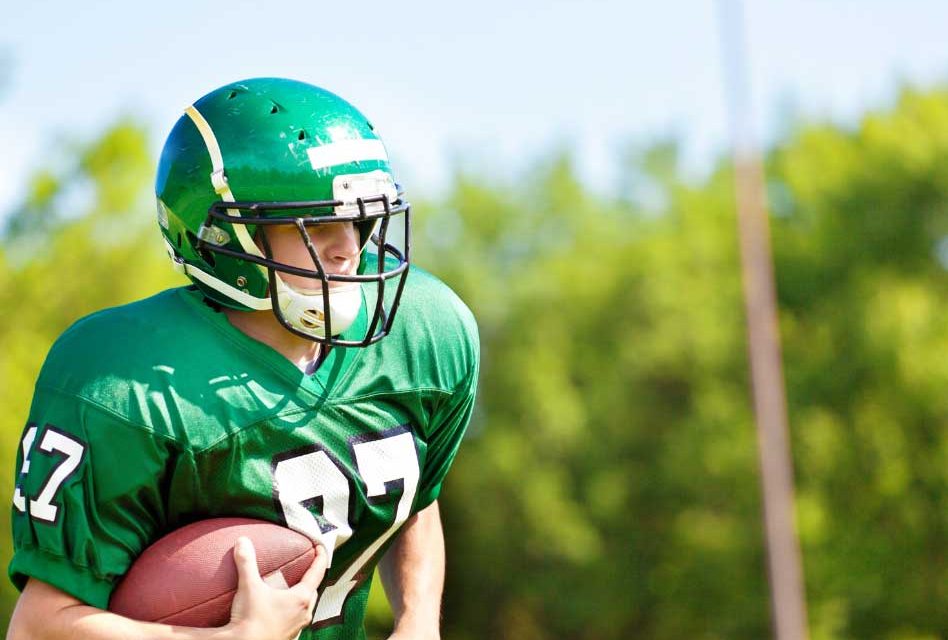Salvador N. Lanza, MD
Cardiologist
Orlando Health Heart and Vascular Institute
When a prominent young athlete suffers a cardiac arrest, it creates shockwaves in the world of sports and beyond. How does this happen to someone in peak physical condition? And what does that mean for the rest of us?
In the most recent incident, Bronny James – son of NBA superstar LeBron James – had a cardiac arrest during a team practice at the University of Southern California. The 18-year-old James survived, in part, because of quick action by team staffers. Among the general population, the survival rate from sudden cardiac arrest is less than 12 percent, largely because bystanders don’t take appropriate action.
These high-profile events – as was the case earlier this year when NFL player Damar Hamlin suffered a cardiac arrest during a game – draw attention to potential heart problems faced by young athletes.
Although these are rare occurrences, sudden cardiac arrest is still the No. 1 cause of death among this group. Sports programs are getting better at detecting potential problems before they arise.
We still don’t know exactly what caused James’ heart issue. But we can look at some of the potential causes.
Cardiac Arrest in Young Athletes
When cardiac arrest in occurs in people under the age of 35, it’s usually not caused by the same factors (artery blockage, for example) responsible for cardiac arrest in older adults. Instead, it tends to be a condition the athlete was born with or something that was acquired. Among the likely causes:
- Cardiomyopathy: This disease causes abnormal thickening or stiffness of the heart muscle, which prevents your heart from working as effectively as it should. A common type of this disease is hypertrophic cardiomyopathy, which causes abnormal muscle production and electrical disturbances in the heart. The disease, often caused by faulty genes, is one of the more common causes of passing out and sudden cardiac death. In rare instances, there is no clear cause for the condition.
- Blunt trauma: Being struck hard in the chest can cause sudden cardiac arrest. This was the case with Damar Hamlin, the Buffalo Bills player, who recovered and has resumed his football career. This is the least likely cause of cardiac arrest.
- Viral infection: In rare cases, viral infections can cause myocarditis, an inflammation in the heart muscle walls.
- Abnormal anatomy: Problems with heart valves or the coronary vessels that supply the heart can create dangerous situations during intense activity.
Screening for Risks
Screening for risk – before an attack – can be complicated for a variety of reasons. The first challenge is the rarity of conditions that might cause cardiac arrest. That makes it unfeasible to screen large sections of the population. There’s also the risk of false positives, where a test suggests an abnormality that launches further (unneeded) evaluation.
One of the common tools for evaluating the heart is an EKG, which analyzes your heart’s electrical activity. These can be very useful, particularly with older people, for finding heart abnormalities. But younger people – particularly athletes – often have EKGs that look abnormal while being normal for them.
Consider, for example, athletes who spend a lot of time doing resistance exercises and weightlifting. They naturally develop thicker muscles, including in the heart, where this can cause an appearance of cardiomyopathy. Further testing and imaging scans are needed to verify whether there is a potential problem.
There has been progress in recent years in terms of athletic organizations being more proactive to find heart problems early. Some European soccer leagues, for example, have started doing ultrasound tests (sound waves create detailed images of organs and other soft tissues) to screen for hypertrophic cardiomyopathy.
Taking Precautions
James’ cardiac arrest is a reminder that we can’t simply assume athletes are invulnerable to heart problems. Gone are the days of “no-pain, no-gain” training programs. Athletes need to be given adequate time to rest, recover and rehydrate while practicing or playing sports.
Hopefully it encourages athletes, coaches and trainers to be alert and aware. This is particularly important during extreme heat, which can contribute to dehydration, electrolyte imbalances and the need to take breaks. There are several symptoms that could arise before a cardiac arrest, including dizziness and chest pain. But the most significant thing to watch for is passing out for unexplained reasons.
Any instance where an athlete faints or loses consciousness should be taken very seriously. It’s also wise for leagues and school systems to have a standard screening plan to look for heart murmurs, abnormal EKGs and family histories of heart problems – and follow-up testing when needed.
And when cardiomyopathy is found, it’s important to follow up with a detailed genetic evaluation. This can be valuable for the entire family (since others may also have the condition) and can help the person better understand what they can and cannot do athletically.
For more information, visit OrlandoHealth.com.


















